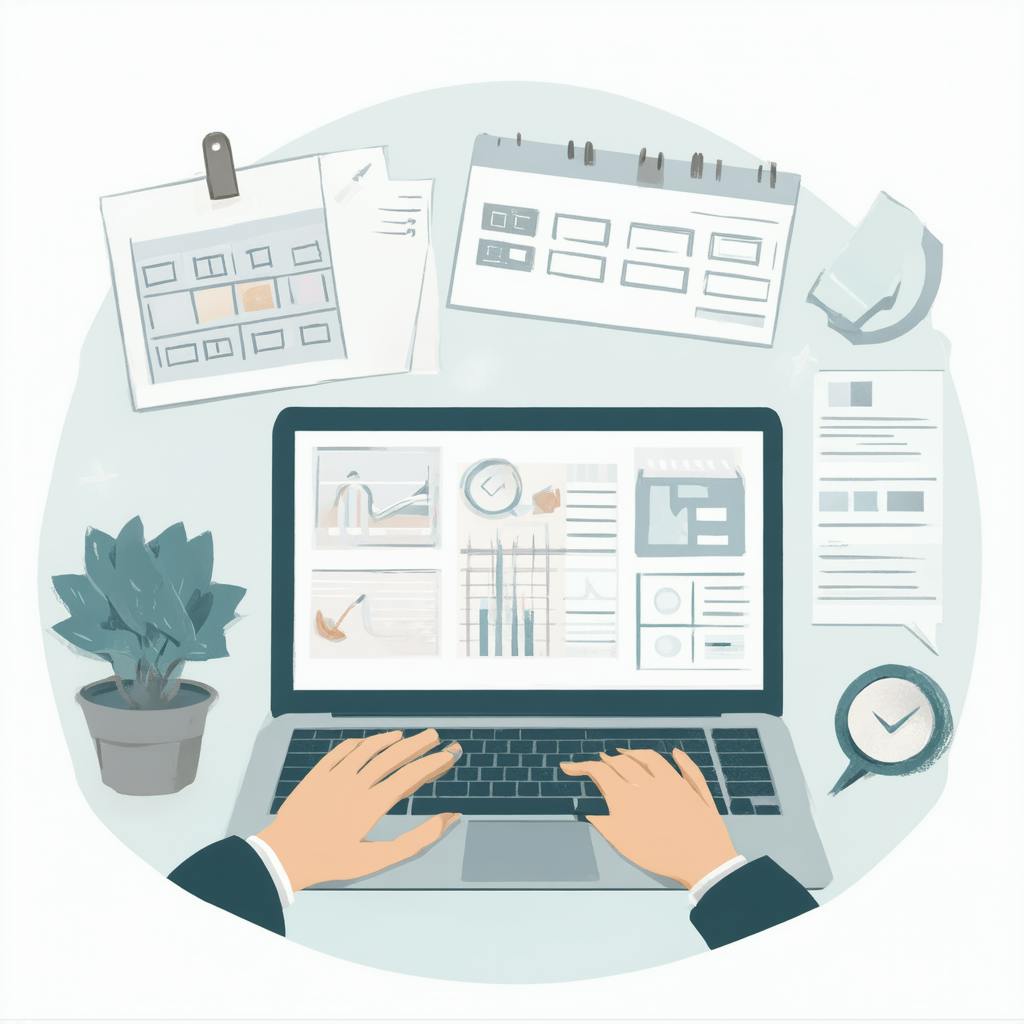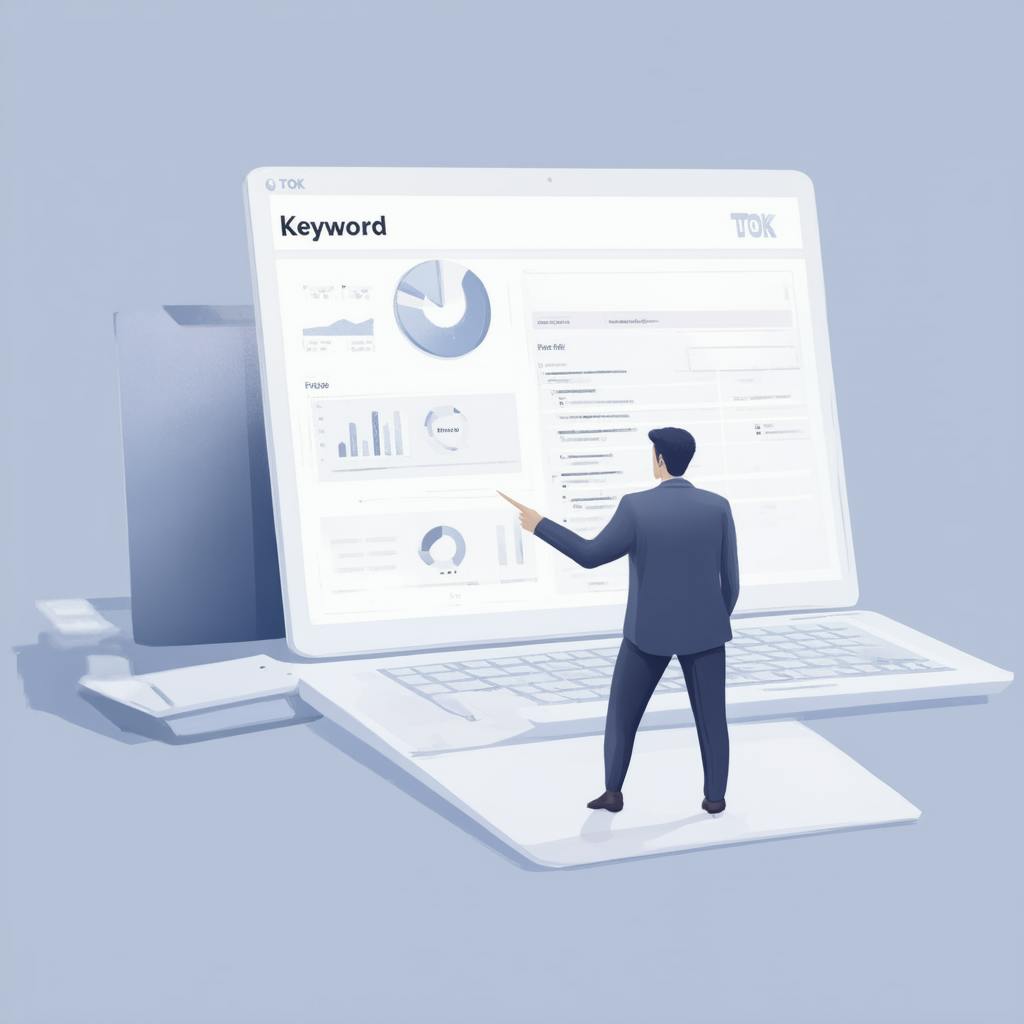Managing campaign logistics is a key part of running successful marketing campaigns. It’s not enough to create great messaging—you also need to deliver it on time and without issues. More businesses are learning that smooth execution is just as important as creative ideas.
This means planning, scheduling, and organizing every part of the campaign with care. From ad placement to resource use, every detail matters. Strong campaign workflow management helps teams stay on track and meet their goals.
In this article, we’ll break down what campaign logistics involves and how you can improve scheduling, coordination, and resource management for better results.
Understanding Campaign Workflow Management
Before you can improve campaign logistics, you need to understand how campaign workflow management works. It’s about breaking the campaign into clear steps—from planning to launch—and making sure everyone knows their role and responsibilities.
A well-structured workflow helps teams avoid confusion, reduce delays, and stay focused on the campaign’s goals. It brings clarity to the process and keeps everything moving forward.
To manage this effectively, campaign managers should use tools that make planning and communication easy. Platforms like Trello, Asana, and Monday.com help teams:
- Track progress in real time
- Assign tasks clearly
- Collaborate without missing a beat
With the right tools and workflow, managing campaign logistics becomes much more efficient and less stressful.
Planning in Ad Campaign Scheduling
Ad campaign scheduling plays a key role in managing campaign logistics. It’s about choosing the best times and platforms to run your ads so you reach the right people at the right moment.
Good scheduling avoids overlaps and missed opportunities. It helps align your campaign with how and when your target audience is most active.
To build a strong schedule, marketers should use data. Analytics tools can show when engagement is highest. With this insight, you can plan your ad placements for maximum impact.
Tools like Google Calendar and campaign management software also make scheduling easier. They help teams:
- Stay organized
- Prevent timing conflicts
- Make the most of their ad budget
Smart scheduling leads to better results—and better use of your time and money.

AI made with Dean Jones
Strategy for Campaign Resource Management
Campaign resource management is a key part of managing campaign logistics. It’s about using your team and budget wisely to deliver effective campaigns without overspending or burning out your staff.
Start by reviewing what you have—both people and money. Then, prioritize tasks based on goals and deadlines. Look at your team’s skills to decide who should handle what. Set clear budgets for each phase of the campaign, and bring in outside help if needed.
The best resource strategies stay flexible. By reviewing and adjusting as the campaign moves forward, your team can respond quickly and stay on track.
Case Study: How Airbnb Mastered Campaign Logistics
Company: Airbnb
Campaign: “Made Possible by Hosts” – Global brand campaign launched in 2021
Challenge: Relaunch brand trust post-COVID with personalized, global storytelling under tight timelines
What They Did:
- Centralized planning using global-local team coordination to manage campaign logistics across multiple time zones and markets
- Used data-driven scheduling to tailor ad releases based on regional travel trends and reopening phases
- Collaborated with a distributed network of creatives and filmmakers to source authentic guest-host stories
- Implemented automated asset management systems for version control and localization
- Tracked global media performance in real time with integrated analytics dashboards
Results:
- Ads ran in over 22 countries with localized content
- Brand sentiment rose significantly across key markets
- The campaign generated over 13 million video views and increased platform engagement
- Internal teams reported faster turnaround and fewer resource conflicts compared to previous campaigns
This campaign highlights how managing campaign logistics effectively—especially across global teams—can result in seamless execution, increased reach, and measurable brand growth.
Managing Campaign Logistics: Frequently Asked Questions
What Are the Biggest Challenges in Managing Campaign Logistics?
Some of the most common issues include:
- Poor team coordination
- Unclear timelines or objectives
- Resource limitations (time, people, or budget)
- Scheduling conflicts
- Data overload or messy tracking
How to overcome them:
Use clear workflows, define roles early, and leverage tools like project management software, CRM platforms, and automation tools to keep everything organized and on track.

AI made with Dean Jones
How Can We Streamline the Campaign Logistics Process?
Start with clear planning and organization. Outline your goals, tasks, timelines, and responsibilities. Use visual tools like Gantt charts or Kanban boards for clarity. Standardize repetitive tasks with SOPs (Standard Operating Procedures) and create feedback loops to improve each campaign over time.
Also, don’t hesitate to outsource non-core work, such as design or copywriting, to keep your internal team focused on strategy.
What Tools Help with Managing Campaign Logistics?
Here are some popular tools to help manage different aspects of campaign logistics:
- Project Management: Asana, Trello, Monday.com
- Communication: Slack, Microsoft Teams, Zoom
- Automation: HubSpot, Marketo, Mailchimp
- Budget Tracking: Google Sheets, Excel, Allocadia
- CRM Platforms: Salesforce, Zoho CRM
These tools help streamline collaboration, scheduling, and reporting—making campaigns more efficient and less chaotic.
How Does Technology Improve Campaign Logistics?
Technology simplifies and speeds up nearly every part of the process. It helps by:
- Automating repetitive tasks like email blasts and social scheduling
- Offering real-time insights through analytics platforms
- Making remote collaboration easier with cloud-based tools
- Improving personalization and targeting using AI
- Reducing manual errors through system integration
By using the right mix of tools and strategies, managing campaign logistics becomes less about juggling and more about scaling with confidence.
Conclusion
Managing campaign logistics is more than just keeping tasks organized—it’s about planning smart, using the right tools, and making sure every part of the campaign works together. With clear goals, well-defined roles, and the right resources, teams can run smoother campaigns that deliver better results.
As the marketing world keeps changing, strong logistics will remain a key part of success. Whether you're launching a local ad or a global brand campaign, efficient planning and coordination will set your work apart in today’s crowded digital space.

